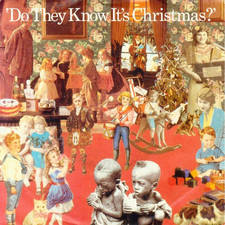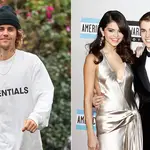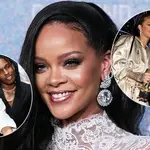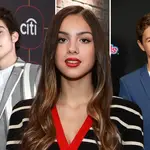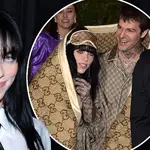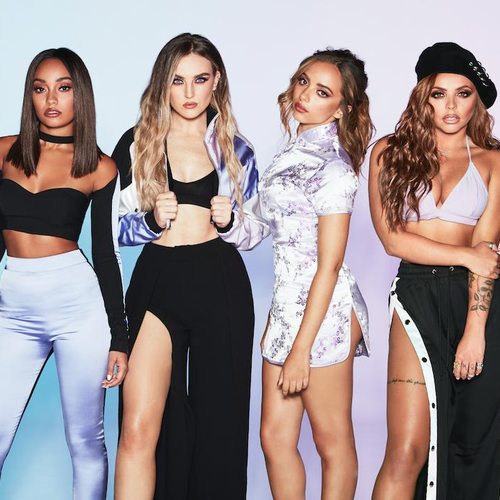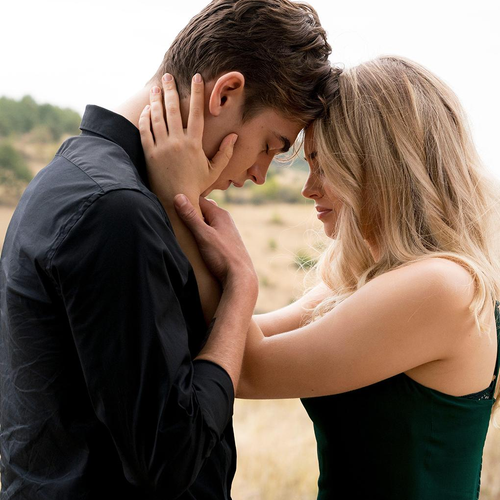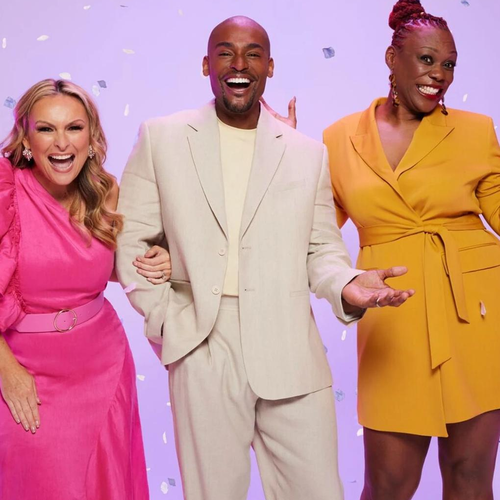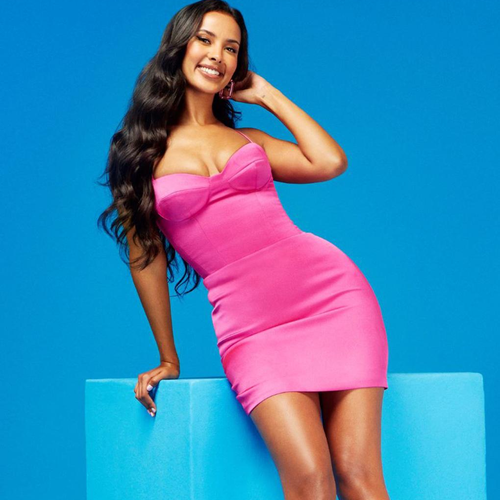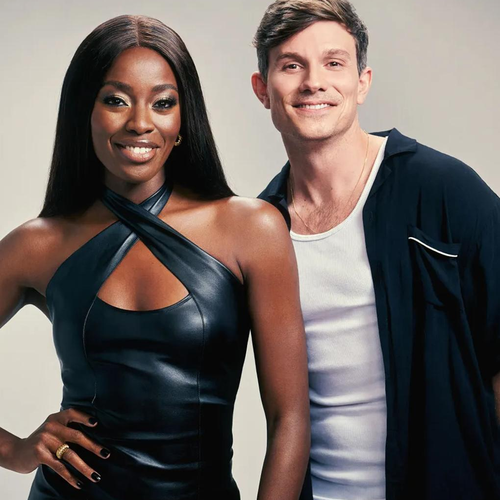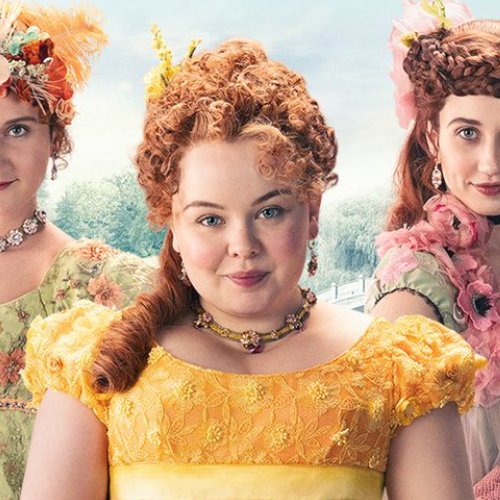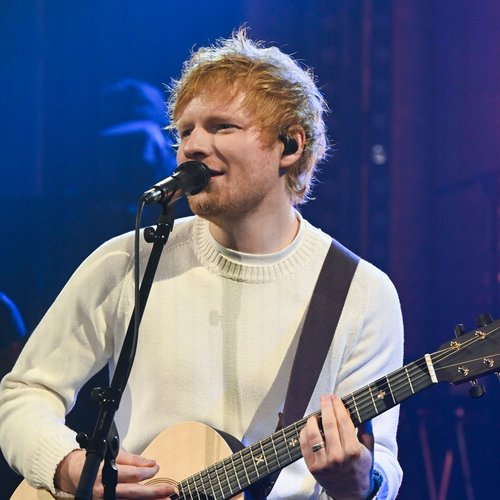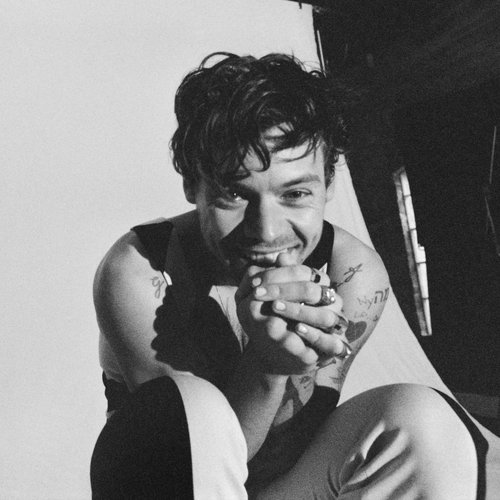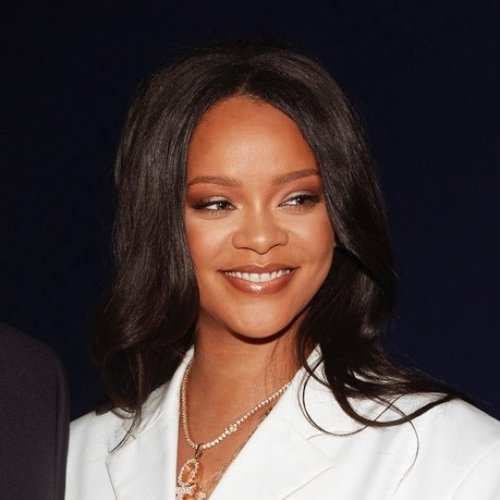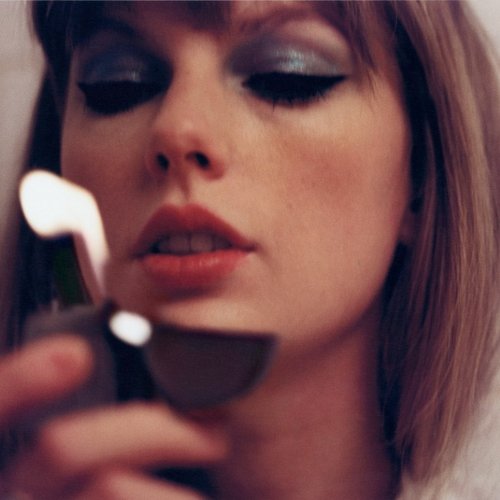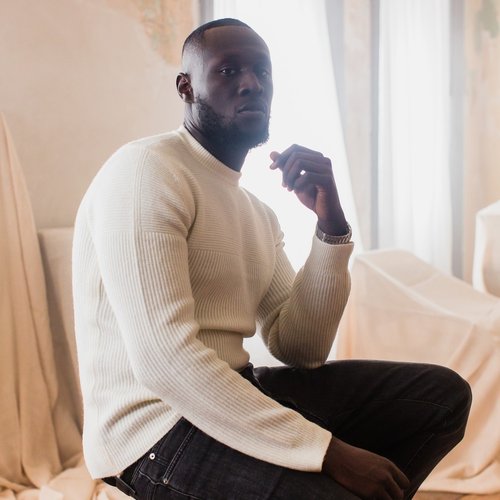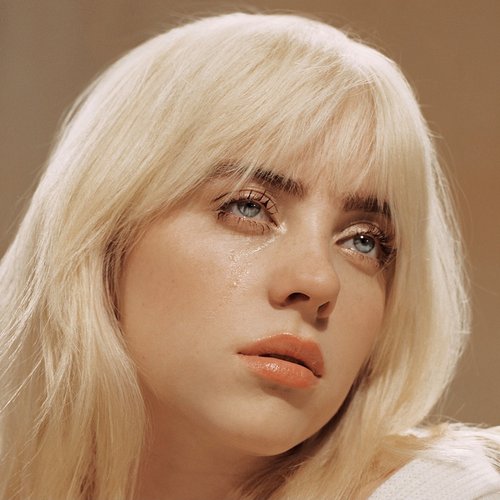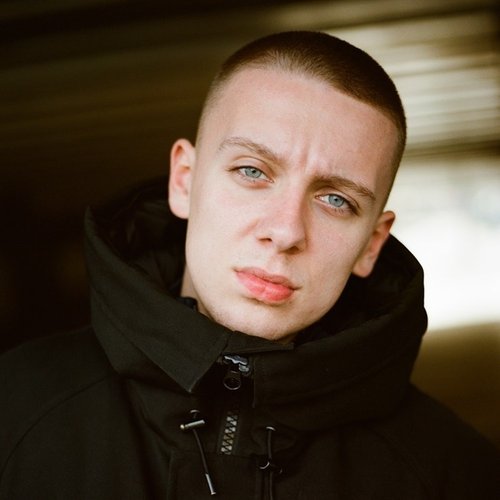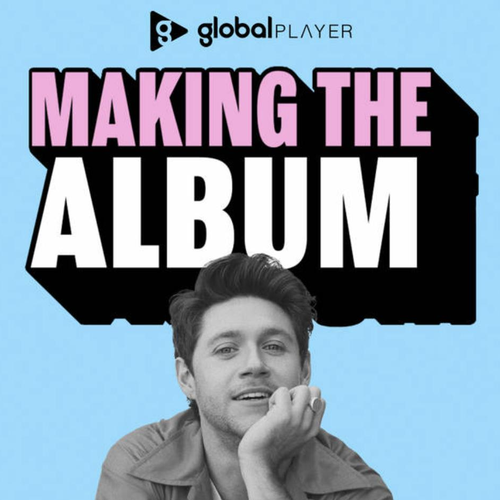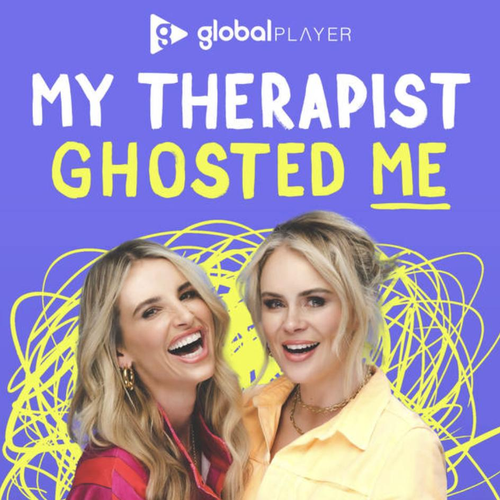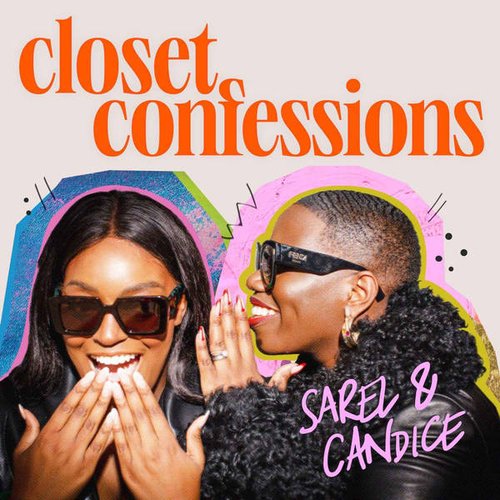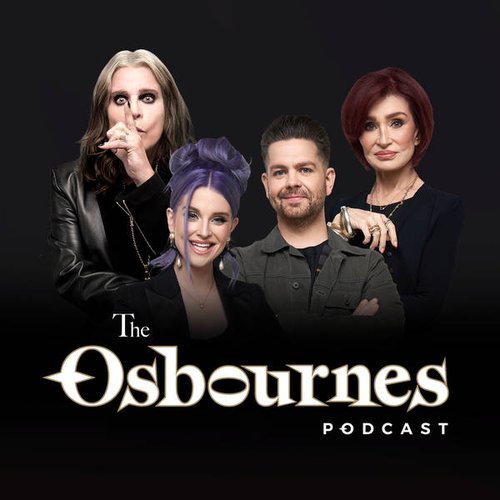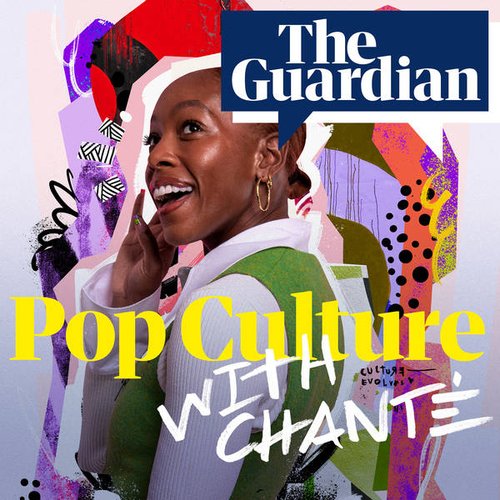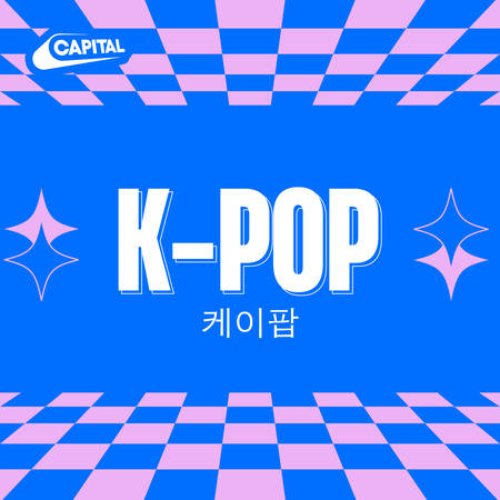Teen dramas need to start writing actual storylines for their women of colour
6 November 2018, 18:19
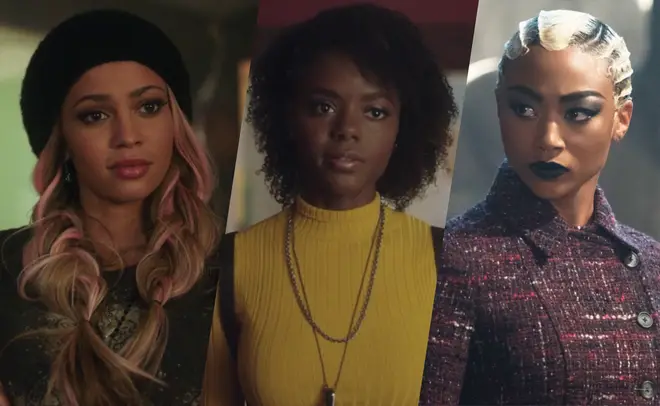
Screen time, actual lines, character arcs--and in that order!
Anyone who grew up obsessed with scripted television in the 2000s will know that Hollywood's "push" for diversity is a fairly recent phenomenon. Watching Friends and The O.C. in the year 2018 is really a testament to how different television can look when casting directors and show runners take steps to make their programmes more representative of the wider world.
While black, latinx, asian, and LGBTQ+ television actors are appearing on our screens in unprecedented numbers, our praise for "diverse" casting has to extend beyond merely congratulating networks and show runners for hiring people of colour.
Good television revolves around an ability to tell multiple characters' stories at once. Unfortunately, some poc characters aren't getting the screen time or story lines they should be, despite being hailed as examples of diverse casting on television.
Let me preface this all by saying diversity--true diversity--isn't just good for people of colour or the LGBTQ+ community. It's good for everyone. Learning about other cultures and relating with people who don't look like you increases empathy among other benefits.
Unfortunately, "inclusive" casting doesn't always mean these characters are developed beyond their capacity as a heel or expository soundboard.
Teen Vogue recently published a piece on the ways in which Chilling Adventures of Sabrina could have elevated Prudence Night beyond her position as a foil for the series' titular character. Prudence is definitely a bad ass but, beyond that, we don't know much about her backstory, her capacity for love or empathy, or what even motivates her as a character.
Tati Gabrielle's performance as the leader of the Weird Sisters was outstanding but the character, herself, is desperately in need of some more dimensions.
Meanwhile, over on the CW, Sabrina's sister show Riverdale isn't doing much better when it comes to fully fleshed out women of colour. As far as Josie McCoy is concerned, audiences don't know much about her family, her love life (other than a G-rated conversation with Sweet Pea), or her personality beyond the fact that she loves singing. Contrary to what many theatre majors would have you believe, a love of performing isn't an actual personality.
Toni Topaz doesn't fair much better on Riverdale. With very little screen time and even fewer lines to speak of, fans have noticed her complete lack of backstory and development as a character, especially in the new season.
The potential for Toni and her pairing with Cheryl is so immense, if only her character said more than 3 lines of exposition every other episode.
But it's not all bad. If you would have told me in 2006 that Viola Davis would topline a show on network television that saw her remove her wig on screen to reveal a head of 4c hair, I wouldn't couldn't have believed you. Moments like that are affirming, especially for women who grew up seeing almost no representations of themselves on television. But where are these affirming moments on teen programmes?
It's good when people of colour can occupy these spaces. It's even better when we can see these characters as more than ancillary or diabolical. Diversity--true diversity--comes when these characters aren't just brought on board to stand in the background of scenes or be the "unfriendly black hottie".
Good television revolves around an ability to tell multiple characters' stories at once. If you can tell the story of a teenage witch reckoning with her identity as a half mortal, you can also tell the story of a black witch's humanity. If you can tell the story of Betty and Veronica, you can also tell the stories of Toni and Josie, because inclusion and a genuine push for diversity in storytelling isn't just good for some people, it's good for everyone.
